Iliacus muscle Anatomy, Origin, Insertion, Function, Exercise
Table of Contents
Introduction
- The iliacus muscle is a portion of a complex muscle system in the hip part that acts on its own or with other muscles. This flat, triangle-shaped muscle fits into the curved surface (known as the iliac fossa) of the highest & largest pelvic bone, called the ilium or sometimes the iliac bone.
- The Iliacus muscle is initiated on the upper 3/4th of the iliac fossa, & another portion of this muscle is attached to the iliac crest, the top part of the pelvic bone. The iliacus muscle interacts with the bundles of the abdominal muscle between the lowest rib & the top of the pelvis (quadratus lumborum muscle).
- It extends onto the base of the tail bone (also called sacrum), in front of the upper & lower anterior iliac spines, & on the front capsule (a bunch of three ligaments) of the hip joint.3 The iliacus muscle continues down through the pelvis & attaches to the small piece of bone (lesser trochanter) that is attached to the femur (upper thigh bone).
- The iliacus muscle is a portion of a major trio of muscles in each hip joint also called the iliopsoas—the iliacus muscle, the psoas major muscle, & the psoas minor muscle, that work together when you are walking, running & standing after sitting.
- The femoral nerve supplies this trio so that it can perform the motor functions required to flex the thigh at the hip joint & stabilize the hip joint.
Origin& Insertion
- The iliacus muscle has a broad origin, the majority of it arising from the superior 2/3rd of the iliac fossa. The rest arises from several other origin points, which are the inner lip of the iliac crest, the lateral side of the sacrum & the anterior sacroiliac & iliolumbar ligaments. The muscle fibers cross distally towards the hip, thus giving the triangular shape of this muscle.
- At the level of the capsule of the hip joint, the iliacus muscle fibers combine with those of the psoas major muscle, forming a general tendon for the iliopsoas muscle. The tendon of the iliopsoas crosses the anterior part of the hip joint to finally insert into the lesser trochanter of the femur. Prior to insertion, the tendon of the iliopsoas receives a small slip known as the iliocapsularis muscle, which is a muscle lying just superficial to the hip joint capsule.ds the hip, thus giving to the triangular shape of this muscle.
Structure
- The iliacus arises from the iliac fossa on the interior part of the hip bone, & also from the region of the anterior inferior iliac spine (AIIS). It connects the psoas major to form the iliopsoas. It begins across the iliopubic eminence through the muscular lacuna to its insertion on the lesser trochanter of the femur. iliacus fibers are also inserted in front of those of the psoas major & extend distally over the lesser trochanter.
Function
- Function
- The iliacus muscle has many functions:
- Flex & rotates the thigh bone
- Helps to keep a proper body posture
- Strengthen the hip flexor muscle (when working with the psoas muscle)
- Include the down & forward tilt of the pelvis
- Assist in bending the trunk of the body forward
- In function constantly during walking
- Helps in controlling side-bending
Relations
- The anterior part of the pelvic portion of the iliacus muscle is covered with the iliac fascia, which split it from the peritoneum. This surface of the iliacus is also crossed by the lateral femoral cutaneous nerve, the cecum on the right side, & the iliac part of the descending colon on the left side. The medial margin of the iliacus muscle is in relation to the femoral nerve & lateral margin of the psoas major muscle.
- The anterior part of the thigh portion of the iliacus muscle is located posterior to the fascia lata, rectus femoris & sartorius muscles. It is crossed by the deep femoral artery. The posterior part of the iliacus is adjacent to the hip joint, from which it is split by a large subtendinous iliac bursa.
Nerve supply
- The iliacus muscle is supplied by the nerves by the branches of the 2nd & 3rd nerves of the lumbar part through the femoral nerve. (L2, L3)
Blood supply
- Just like the psoas major muscle, the iliacus is innervated by the iliolumbar artery. It collects the blood from the deep circumflex iliac, obturator, & femoral arteries.
Assessment
Palpation
- The patient is supine with a pillow under the knees. Flex the knee & slightly laterally rotated Place palpating hand on the anterior iliac crest & palpate into the iliac fossa with the fingertips. Most of the iliacus is not palpable. Ask the patient to actively flex the thigh at the hip joint & feel for the contraction of the iliacus.
Tightness
- The patient stands against a wall, with heels apart, & shoulders & head touching the wall. Normal is the ability to posterior tilt to touch the small of the back as opposed to the wall. If the patient cannot posterior tilt by flattening their back onto the wall with the feet apart & the hips & knees straight, but can do so with knees bent & the hip flexed, the restriction might be shortened iliacus.
Clinical Importance
Shortening of the iliacus muscle
- The iliacus muscle is prone to shorten in people who have a desk job & exercise heavily without stretching. The shortening of the iliacus muscle results in its dysfunction & consequential hindering of the hip joint motion.
- This kind of injury to the iliacus muscle manifests with the following symptoms:
- The pain in the iliacus muscle which is the most intense on the so known as trigger points, which are the tight or stiff points of the muscle
- Decreased range of motion on the hip joint & impaired gait
- The most general treatment is physical therapy which promotes stretching of the iliacus muscle.
Trigger points – tight parts or knots in the iliacus muscle that is painful, tender, & stiff.
Iliacus muscle ischemia -Reduced blood flow to the muscle.
Hip, knee, & lower back problems – If the iliacus muscle on 1 side of the hip becomes shorter than the iliacus on the other, this can cause a person to walk with imbalanced hips, affecting the normal gait of a patient. Try walking while keeping 1 hip lower than the other, you will probably initiate feel pain & irritation in the hips, knees, & lower back
The main symptom of iliacus dysfunction is pain. This pain can be in the hips, groin, lower back, & upper thigh parts of the body. Other symptoms include:
- Stiffness
- Decreased range of motion
- Tenderness
Traumatic iliacus muscle injury is rare; it is generally caused by trauma or intense exercise involving the pelvic girdle; it can produce a hematoma with femoral nerve neuropathy. Spontaneous muscle hematomas occur in patients with coagulation disorders. It causes intense pain in the right buttock, groin & iliac fossa, with an inability for hip flexion & ambulation caused by inadequate exercise (supine double leg lifts). Swelling may be present in the upper thigh.
Iliacus compartment syndrome
Iliacus compartment syndrome is a rare retroperitoneal compartment neuropathy caused by bleeding within the iliacus muscle leading to hematoma formation & compression upon the femoral nerve, causing both sensory & motor deficits. Iliac hematomas are rare & can be caused by traumatic & non-traumatic injury, & can be exacerbated by complications of anticoagulant therapy. Delaying surgical evacuation of the hematoma can to prolonged or permanent disability. However, there are other reports describing good recovery with non-operative treatment. Non-surgical intervention is suggested if radiological studies do not explicitly confirm the presence of a discreet hematoma compressing the femoral nerve unless the progression of symptoms increases.
Ilicus muscle stretching exercise
There are different types of ilicus muscle stretch:
- Standing Ilicus muscle Stretch
- Kneeling Ilicus muscle Stretch
- Ilicus muscleBed Stretch
- Table Psoas Stretch
- Runner’s Lunge strech
- Hips Elevated stretch
- Supported Side-Plank Reach
- Seated butterfly stretch
- Knee to chest stretch
- Pigeon Pose
- Standing Stance Pelvic Tilt
- Cobra Stretch
- Wall psoas Stretch
- Sumo Squat Stretch.

Standing ilicus muscle Stretch
- This stretch is beneficial for the person who cannot take the kneeling position.
- How to stretch: Stand tall with the feet around hip distance apart.
- Step the left foot forward into the split stance.
- Engage the core muscle as well as tuck the pelvis. The patient may place the hands on the left leg.
- Maintain the back leg straight as well as gently lunge forward with the left leg.
- The patient may feel a stretch in the front of the hip, groin, as well as thigh of the right side.
- Hold the lunge position for 20 to 30 seconds. The person should not feel any low back pain. If you do, release the stretch.
- Gently return to the starting position & change sides.
- Do the standing hip flexor stretch 2-3 times on each side
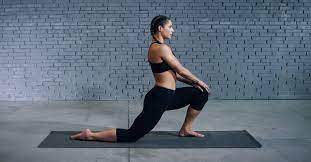
Kneeling ilicus muscle Stretch
- How to stretch: Take a half-kneeling position with the left leg about two feet in front of the right leg.
- A left knee should form a 90-degree angle. The patient needs to use the mat for cushioning.
- Place the hands on the left knee, and keep an upright posture.
- After that, incline slightly forward till you feel the stretch in the front of the hip, groin, & thigh of the right side.
- Hold the kneeling position for 20 – 30 seconds. The person should not feel any low back pain. If the patient does, release the stretch.
- Slowly come back to the starting position & change sides.
- Do the kneeling hip flexor stretch 2-3 times on each side.
Glute Bridge
- A bridge assists you to stretch the iliopsoas during also strengthening the glute muscles.
- How to stretch: Place the exercise mat on the ground.
- Lie in the supine position with the arms at the sides, your both knees bent as well as your feet flat on the floor.
- Engage the glutes & raise the hips to create the bridge between the knees and shoulders as well.
- Lift the hips until you feel the stretch in the iliopsoas muscle in both legs.
- If you experience lower back pain, down the hips slightly, but maintain the glutes tight.
- The patient cannot always feel the stretch so do not keep forcing through back pain.
- Hold the bridge position for 20 – 30 seconds.
- Lower the hips to the floor & repeat.
- Do the glute bridge 10 times.
- This also assists you in walking & doing the daily tasks.
- This increases blood supply to the front of the thighs.
- Stretching gives relaxation to the muscles.
- Also, increases the range of motion around the hip joint. Such as hip flexion, and lateral rotation.
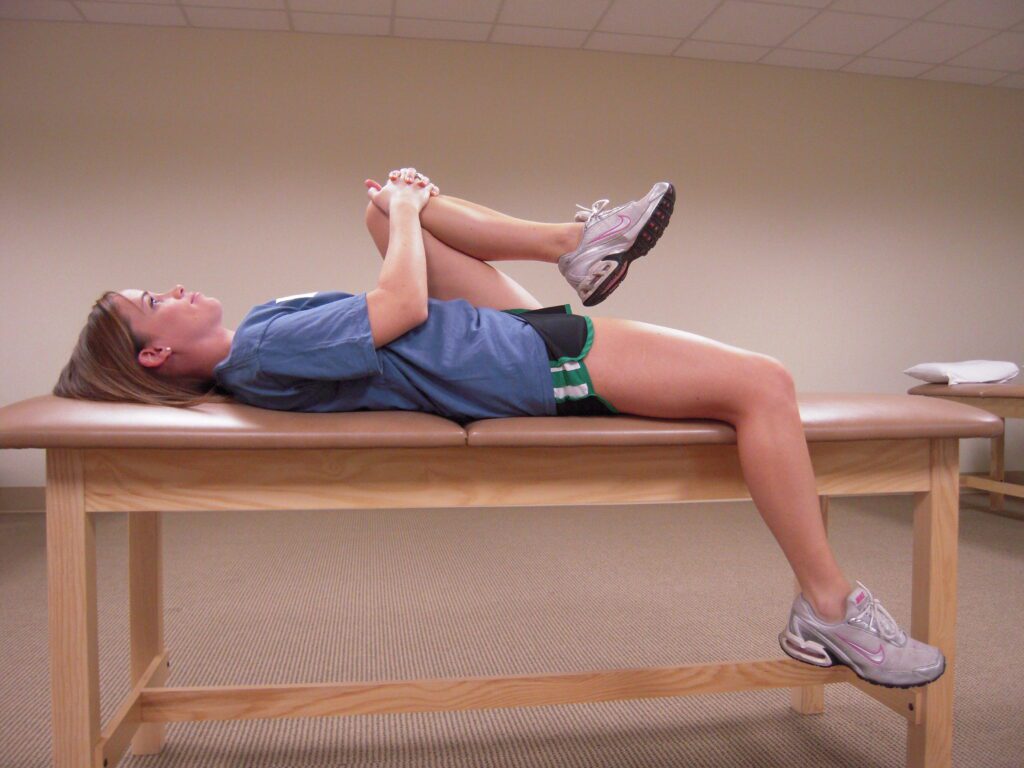
Illcus muscle Bed Stretch
- How to do this stretch: Lie in the supine position on the bed & position yourself with the left leg closest to the edge of the
- bed.
- Slowly let the left leg hang down to the side of a bed.
- The right leg may stay bent with the foot on the bed.
- The patient can feel the stretch in the hip flexor.
- Ideally, the foot will hover over the ground instead of touching it. But this is okay if it does touch the ground.
- Deepen the stretch by slowly bending the knee. The person should feel the across the thigh and front of the hip.
- Hold the hanging position for 20 – 30 seconds.
- Come back to the left leg of the bed & rotate so the right side is closest to the edge of the bed.
- Do the hip flexor bed stretch 2-3 times on each side.

Table Psoas Stretch
- How to stretch: Choose a table that is slightly lower than the hip level.
- Stand with the left side next to the table & lift the left leg behind you as well as put it onto a table with a knee facing down.
- The leg will be aligned. The patient may put the folded towel under the knee to relieve any pressure from a table.
- Place the left hand on the table in front of you. The right leg should be slightly flexed.
- Gently move into the stretch by raising the chest up tall as well as opening up the hip flexor area.
- Pause when you feel the stretch in the left hip.
- Hold the standing position for 20- 30 seconds.
- Let go of the stretch & repeat on the opposite side.
- Do the table psoas stretch three times on each side.
Runner’s Lunge
- How to do this stretching: Start kneeling with both knees on the ground.
- Then, bring the left foot forward so that the left knee is directly above the left ankle.
- Simultaneously extend the right leg behind you so that the right knee is behind the right hip as well as the top of the foot
- is on the floor.
- Rest the hands on the left thigh.
- For a deeper stretch, drive the top of the back foot into the ground.
- Pause for 60-120 seconds, then repeat the movement on the opposite side.
- It is one repetition. Do it 3-4 times.
Hips Elevated stretch
- How to do the stretching exercise: Lie down in the supine position with the extended in front of you & the arms at the sides.
- After that, put the foam roller or block under the hips as well as low back.
- So the hips are elevated and the head & shoulders are resting on the ground.
- Bend the right knee & wrap the arms around the shin to bring it closer to the chest.
- Hang there for 60 – 120 seconds.
- Then repeat the movement on the opposite side.
High Lunge
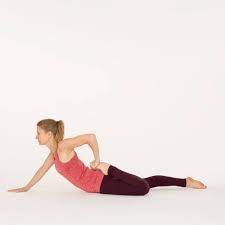
- How to stretch: Stand tall with the feet around shoulder-width apart and the hands at the sides.
- Step the right foot a couple of feet behind you & bend the left knee 90 degrees, so it is directly above the left
- ankle.
- Press the right toes as well as the ball of the foot into the ground and straighten the arms directly overhead.
- Hang up for one to two minutes before repeating on the opposite side.
Half Frog
- How to do this stretch: Begin lying on your stomach with the legs extended behind you.
- Rest the forehead on the back of the hands.
- Bend the left knee so that it is parallel to the left hip, as well as flex the left foot.
- The left shin should be aligned with the right leg.
- Press the left knee into the ground to bring the left inner thigh as close to the mat as possible.
- Hold for 60-120 seconds before repeating on the opposite side.

Hero Pose
- How to do this stretching: Begin kneeling with both knees on the ground.
- Then put a block or even foam roller between the feet, just below the tailbone.
- Flex the knees to lower yourself down on the block or roller.
- Maintaining the knees together & the tops of the feet pressed into the ground.
- Sit tall with the shoulders directly above the hips.

Supported Side-Plank Reach
- How to do this stretching exercise: Begin kneeling with both knees on the ground, then extend the right leg out to the side.
- Simultaneously place the left palm on the ground, directly below the left shoulder, & reach the right arm over the
- right ear.
- Your body should form a direct line from your right ankle to your right hand.
- Press the outer edge of your right foot into the floor and rotate your shoulders so they are side by side with the wall in
- front of you.
- Pause for one to two minutes, then repeat the movement on the opposite side.

Seated butterfly stretch
- How to perform the stretching: Sit on the ground or on an exercise mat.
- Place the soles of the feet together in front of you.
- Let the knees flex out on either side.
- Maintain the back straight as well as the abs engaged.
- Relax the knees as well as allow them to down towards the floor.
- Hold the butterfly pose for 10 – 30 seconds.
- To feel a deeper stretch, lean forward while maintaining the back straight.

Knee to chest stretch
- How to do this stretch: Lie down in the supine position with the legs extended on the floor.
- Gently bend the left knee toward the chest.
- Maintaining the back flat, pull the left knee as close to the chest as possible without discomfort.
- Stretch the right leg out as far as possible & squeeze the glute.
- Holding time is 10-15 seconds.
- Return to the starting position & repeat with the opposite leg.
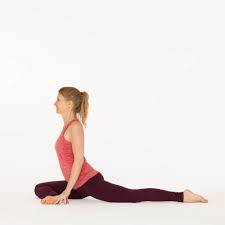
Pigeon Pose
- How to do this stretching: Begin in the plank position.
- Lift the right foot off the floor and slide it forward so your knee is on the ground next to your right hand and your foot
- is near your left hand.
- Exactly where your knee and toes drop will depend on your flexibility.
- Slide your left leg back as far as you can while maintaining your hips square.
- Lower yourself to the ground and onto your elbows, bringing your torso down as far as possible.
- Hold the stretch without letting your chest drop.
- When you feel like you have gotten a good stretch, switch sides.
Standing Stance Pelvic Tilt
- How to do stretch: Stand up tall with good posture, chest pointed up as well as both shoulders back.
- Push the pelvis back & under.
- Hold the standing pose for 10 – 20 seconds.
- Release.
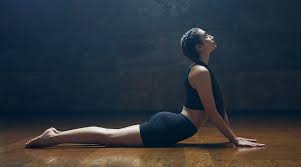
Cobra Stretch
- How to do stretching: Lie down in the prone position.
- Press through the hands to extend the back.
- Engage the glutes to stabilize a pelvis.
- When the patient feels stretched in front of the thigh, pause there for 10-15 seconds as well as release.
- Perform the cobra stretch 3-4 times.
Wall psoas Stretch
- How to do this stretch: Take the Lunge position in front of a wall.
- Rest your right foot on a wall.
- Drive the knee closer to a wall.
- Rotate the hips backward again.
- To lower the intensity of the stretch, drive the knee forward.
- Hold the psoas stretch for 15-20 seconds & do it 3-4 times.
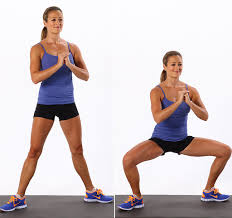
Sumo Squat Stretch
- How to do this stretch: Stand tall with the feet wider apart.
- Laterally rotate the feet. The knees & toes are pointing out.
- Maintain the back straight as well as the chest facing up.
- Squat downward while maintaining the thighs facing out.
- Pause that squatting position for 10-15 seconds & perform it 2-3 times.
What are the safety precautions the patient should take while ilicus muscle stretch?
There is a guideline you have to follow while psoas stretch:
- The patient has to hold the iliopsoas stretch for a certain amount of time, like 20-30 seconds. That way they are typically suggested after workouts, once the muscle group is comfortable. Since an iliopsoas muscle is connected with the hips & trunk, this is critical to do stretches with precise form. Go slow when going into the stretch, as well as never ever go to the point of discomfort.
- To obtain the most out of the stretching routine, experts suggested performing flexibility exercises for all of the major muscles as well as tendon groups a minimum of two to three times a week.
- Do not stretch the muscle where you have prior injuries, namely a sprain, bursitis, fracture, etc.
- Do not bounce while the stretch, this can cause injuries to the muscle.
- Never skip stretching, this may cause a reduction in the range of muscle. The patient may increase it by doing the daily stretch.
What are the Health Benefits of stretching the muscle?
There are so many benefits the patient may achieve by performing iliopsoas stretch. some are below:
- Tight iliopsoas muscles are the main problem for many people, especially if the patients spend most of the day seated. That is due to when we take a sitting position, an iliopsoas muscle shortens & becomes inactive. Iliopsoas stretch may lose the tight muscles.
- Daily stretching of the iliopsoas muscle can decrease the risk of injuries, stabilize the trunk, as well as increase posture.
- This can support your move from a sitting position to standing.
- Stretching an iliopsoas muscle can also reduce hip pain as well as improve hip mobility, And if you have pain in the lower back, performing the proper iliopsoas stretches may help decrease the pain & stop further injury.
- Reduce the risk of Iliopsoas muscle pain or Iliopsoas muscle strain
Strengthening exercise of the iliacus muscle
This all-strengthening exercise helps you with muscle weakness & pain.
- Glute Bridge
- Hips Elevated
- High Lunge
- Half Frog
- Hero Pose
- Supported Side-Plank Reach
- Lying hip rotation
- Sidekick
- Hip raises
- Leg raises
- Frankensteins
- Hanging Leg Raise
- Bridging Psoas March
- Romanian Chair Leg Raises with Dumbbell
- boat pose
- lunge
Glute Bridge:
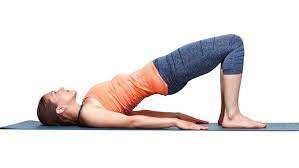
- You are lying on your back with your arms at your sides knees bent & feet flat on the floor.
- Then Engage your glutes muscle & lift your hip joint to create a bridge between your shoulders & knees.
- Raise your hip joint till your feel a stretch in the iliopsoas muscle in both legs.
- When you feel lower back pain then lower your hip joint slightly, but must keep your glutes muscle tight.
- Hold this stretching position for 20 to 30 seconds.
- Then Slowly return to the starting position.
- Perform this exercise 10 times in 1 session & perform 3 sessions per day.
Hips Elevated:
- You are lying on your back with your legs straight out in front of you & your arms at your sides.
- Then, place a foam roller & block under your hip joint & low back so that your hip joint is elevated
- Must keep your shoulder joint & head resting on the ground.
- Then Bend your left knee & wrap your arms around your shin to bring it closer to your chest.
- Hold for this exercise 10 seconds.
- Then Slowly return to the starting position & repeat on the opposite side.
- Perform this exercise 10 times in 1 session & perform 3 sessions per day.
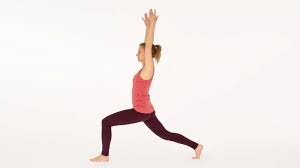
High Lunge:
- You are standing with your feet shoulder-width apart & your hands at your sides.
- Step your left foot a couple of feet behind you & bend your right knee joint at 90 degrees, so it is directly above your right ankle joint.
- Press your left toe & the ball of your foot into the ground.
- Then extend your arms directly overhead.
- Hold for this exercise 10 seconds.
- Then Slowly return to the starting position & repeat on the opposite side.
- Perform this exercise 10 times in 1 session & perform 3 sessions per day.

Half Frog:
- Start this exercise by lying on your stomach with your legs stretched out behind you.
- Rest your forehead on the back of your hands.
- Bend your right knee joint so that it stays parallel to your right hip joint & flex your right foot.
- Must be placed on Your right shin parallel to your left leg.
- Then Press your right knee joint into the ground to bring your right inner thigh as close to the mat as possible.
- Hold for this exercise 10 seconds.
- Then Slowly return to the starting position & repeat on the opposite side.
- Perform this pose 5 times in 1 session & perform 3 sessions per day.

Hero Pose:
- This exercise is Start with a kneeling position with both knee joints on the ground.
- Place a block & foam roller between your feet, just under your tailbone.
- Bend your knee joint to lower yourself down on the block & roller.
- Must be Keep your knees joint together & the tops of your feet pressed into the ground.
- You are sitting tall with your shoulder joint directly above your hip joint.
- For a deeper stretch in this pose, walk your hands behind you with fingers facing your toes & lean back slightly.
- Then Hold this pose for one to two minutes.
- Perform this pose 5 times in 1 session & perform 3 sessions per day.

Supported Side-Plank Reach:
- This exercise is to Start with a kneeling position & both knees on the ground, then extend your left leg out to the side.
- Place your right palm on the ground, directly below your right shoulder joint.
- Try to reach your left arm over your left ear.
- Keep Your body in a form a straight line from your left ankle joint to your left hand.
- Then Press the outer edge of your left foot into the ground & rotate your shoulder joint so that they are parallel to the wall in front of you.
- Hold this exercise position for 10 seconds & repeat the movement on the opposite side.
- Perform this exercise 10 times in 1 session & perform 3 sessions per day.
Lying trunk rotation:
- You are lying on the floor with your feet flat & knee joints bent.
- Then Lay one ankle joint across the other knee joint.
- Rotate the hip joint in & out.
- Hold this exercise position for 10 seconds
- Perform this exercise 10 times in 1 session & perform 3 sessions per day.
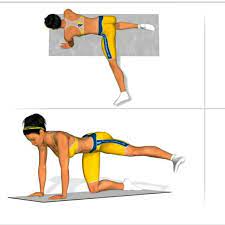
Sidekick:
- You are in a Standing position & raise one leg out to the side.
- Do this exercise on both sides & repeat between 10 times per side.
- When the strength increases, try adding light weights to the ankle joint.
- You are also Holding onto a wall for balance if you need it.
- Hold this exercise position for 10 seconds
- Perform this exercise 10 times in 1 session & perform 3 sessions per day.
Hip raises:
- You are lying on the ground with both feet planted on the floor near the buttocks.
- Then try to Raise your leg straight up must keep your thigh parallel.
- Raise the hip joint off the ground.
- Hold this exercise position for 10 seconds
- Perform this exercise 10 times in 1 session & perform 3 sessions per day.

Leg raises:
- Place your both hands & knee joints on the floor.
- Then Raise one foot back towards the sky & return to all fours.
- Hold this exercise position for 10 seconds
- Perform this exercise 10 times in 1 session & perform 3 sessions per day.
Frankenstein
- You are Standing up straight with your arms by your side & step forward with your left foot.
- Try to Swing your leg in the air as high as possible without arching your back.
- Then reach forward with your left hand to touch your right foot.
- Hold this exercise position for 10 seconds
- Perform this exercise 10 times in 1 session & perform 3 sessions per day.

Hanging Leg Raise
- First Hang from a pull-up bar that is high enough so that your feet do not touch the ground when the legs are extended.
- With a firm overhand grip try to flex your hip joint & knee joint simultaneously as you draw your legs out & up towards your chest without using the momentum.
- Then Slowly return to the starting position &repeat.
- Hold this exercise position for 10 seconds
- Perform this exercise 10 times in 1 session & perform 3 sessions per day.
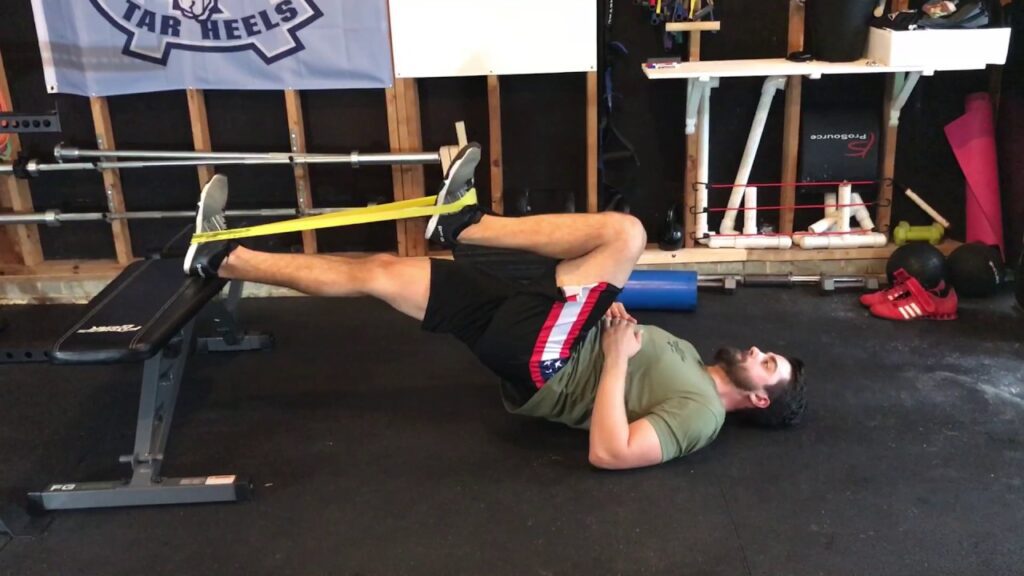
Bridging Psoas March
- First Loop a mini band around the balls of your feet.
- Then place your heels on an elevated surface with your toes pointed up with your body straight.
- Try to Lift your hip joint, and engage your core & glute muscles.
- Try to bring one knee towards your chest but must keep the other leg straight.
- Must be Avoid the hip joint sagging your butt.
- Then Return to the working leg slowly & repeat on the other side.
- Hold this exercise position for 10 seconds
- Perform this exercise 10 times in 1 session & perform 3 sessions per day.
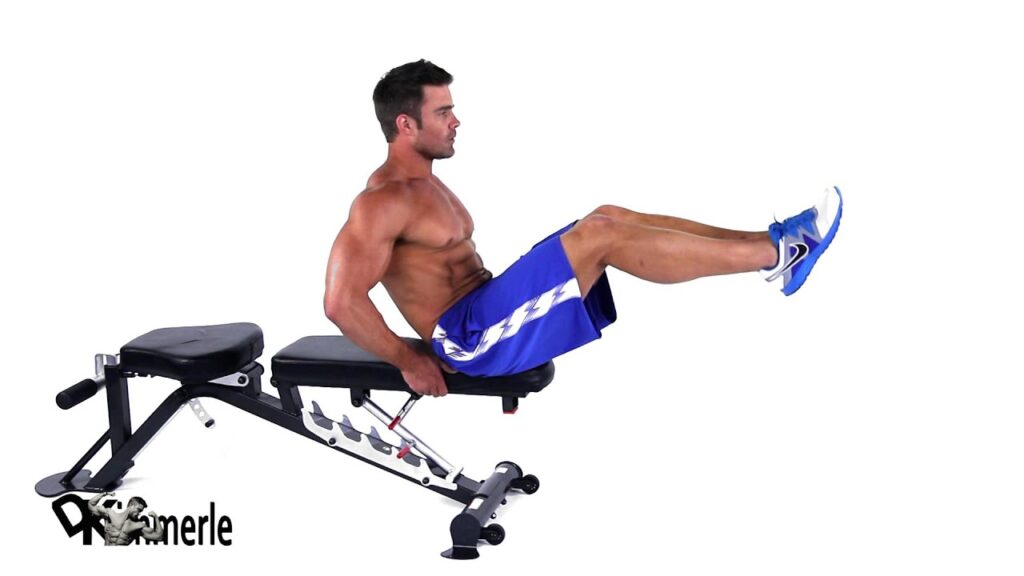
Romanian Chair Leg Raises with Dumbbell
- First, take to Position yourself in the Roman chair with a light dumbbell securely between your feet.
- Must be Keep your torso upright & press the lower back against the backrest while your forearms rest on the pad.
- Try to Lift your legs to parallel to the floor by flexing at the hip joint while keeping your knee joint straight.
- Then Slowly reverse to the starting position & repeat.
- Hold this exercise position for 10 seconds
- Perform this exercise 10 times in 1 session & perform 3 sessions per day.
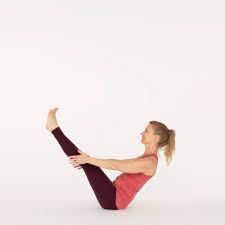
Boat Pose:
- You are sitting on a mat with your torso upright, knee joint bent & feet flat on the ground.
- Lean back slowly & tucking your tailbone under so that you are not putting pressure on it.
- While you leaning back try to extend your legs into the air & get your spine in a neutral position by eliminating the arching in your spine.
- Lift your chest &must keep your shoulders down & hold for time.
- Hold this pose for one to two minutes.
- Perform this pose 5 times in 1 session & perform 3 sessions per day.

Lunge:
- This exercise is start in a standing position, look straight ahead & take a generous step forward with your right foot.
- Must be Keep your trunk upright throughout the movement.
- Then Bend your extended knee joint & transfer your weight onto your right leg.
- Try to lower yourself slowly into the lunge till your left knee joint is on the floor.
- Your right knee joint should be directly above your right ankle joint.
- Then Step back into a standing position & Repeat with your left leg in front.
- Hold this exercise position for 10 seconds
- Perform this exercise 10 times in 1 session & perform 3 sessions per day.
FAQ
A chronically contracted iliacus muscle can develop trigger points which refer to pain either radiating out from the muscle or felt in other portions of the body. Trigger points in the iliacus muscle can refer sensations to in the groin, the hip, down the leg, etc.
This muscle is commonly injured in sports that cause you to flex your hip often like gymnastics, dancing, & track & field. It can also be injured in people who spend a lot of their time sitting as the muscle adapts to the shortened position it spends most of its time in.
When you initiate to feel pain in this part, temporarily stop the exercise or activity that could have caused it. Mild cases of Iliopsoas bursitis can be treated at home with rest, icing, & over-the-counter anti-inflammatory medications. Stretching can be used to relieve tightness.
Starting by sitting upright on the ground, bright both legs up off the ground at a 45-degree angle,
& lean your torso back. Use your arms to balance, and hold this isometric movement for 5 – 10 seconds. The balancing aspect will engage your iliacus muscle & help build strength.
A tight iliacus will externally rotate the thigh bone, resulting in the foot turning outward. The psoas & the iliacus muscle both contribute to hip flexion motion, but their primary job is to hold together the hip, pelvis, & lower back part.
A hip flexor muscle tear or strain is an injury to the muscles in the hip. The hip flexors are the group of muscles, including the iliacus & psoas significant muscles (iliopsoas) and the rectus femoris (part of quadriceps).
If you are able, sleep on the back with a pillow under the knees to place the body in an optimum position. Stretching is straightforward enough, but foam rolling or mobilizing with a lacrosse ball can do wonders to release a tight psoas.

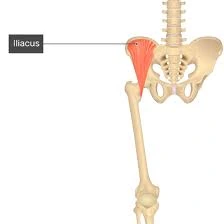
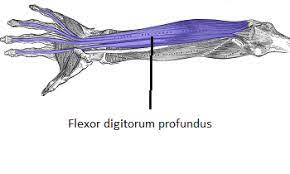
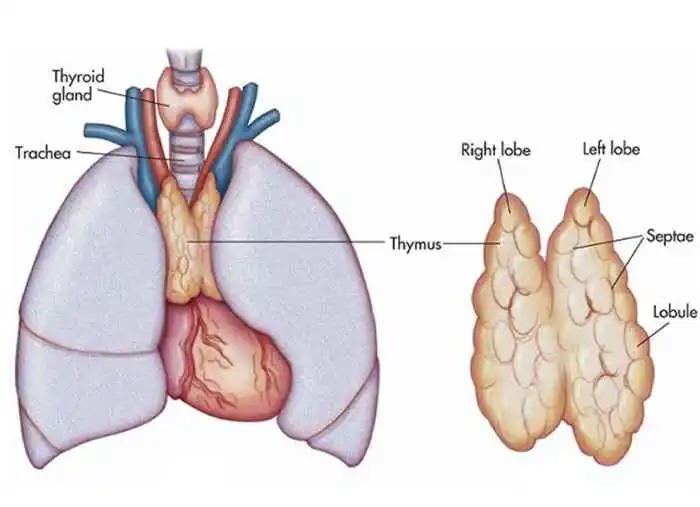
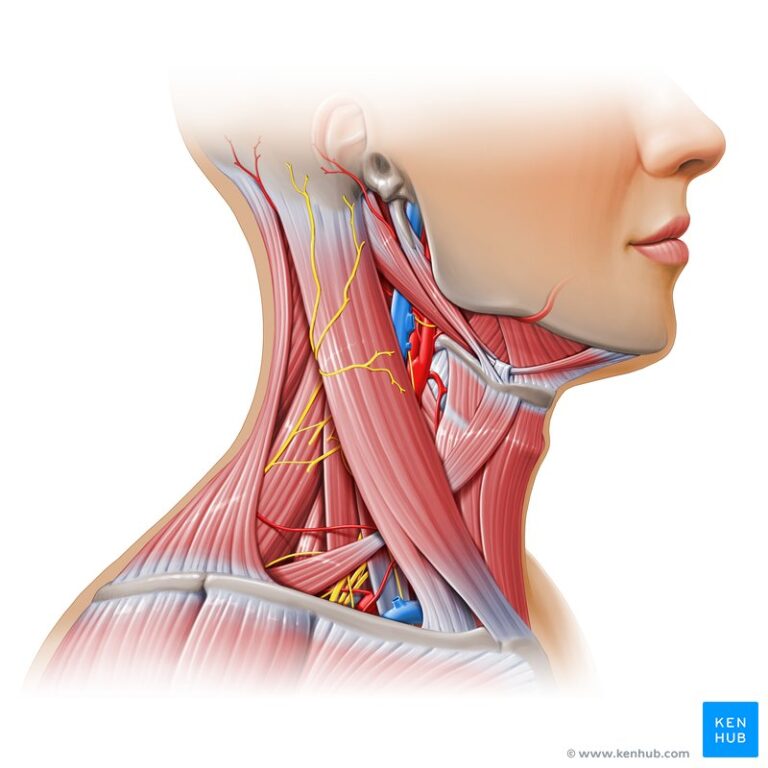
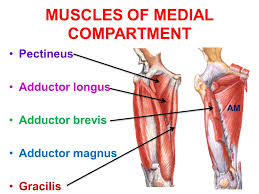
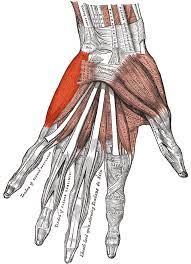
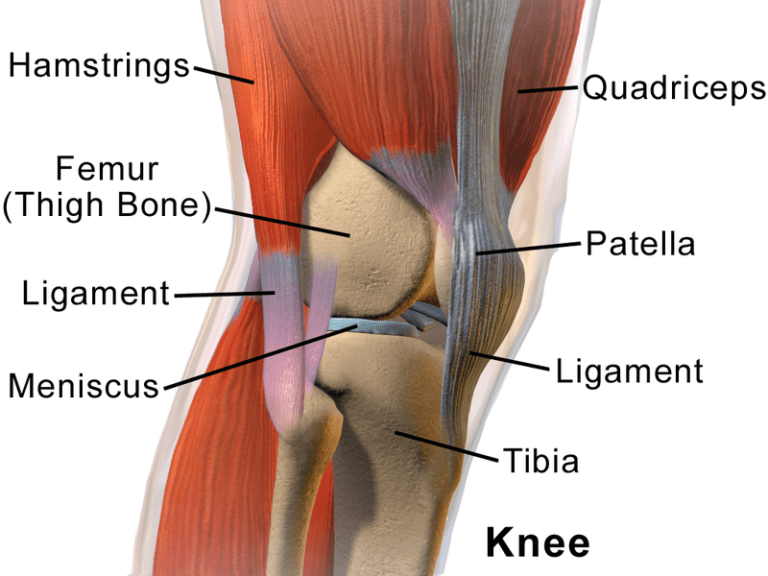
One Comment